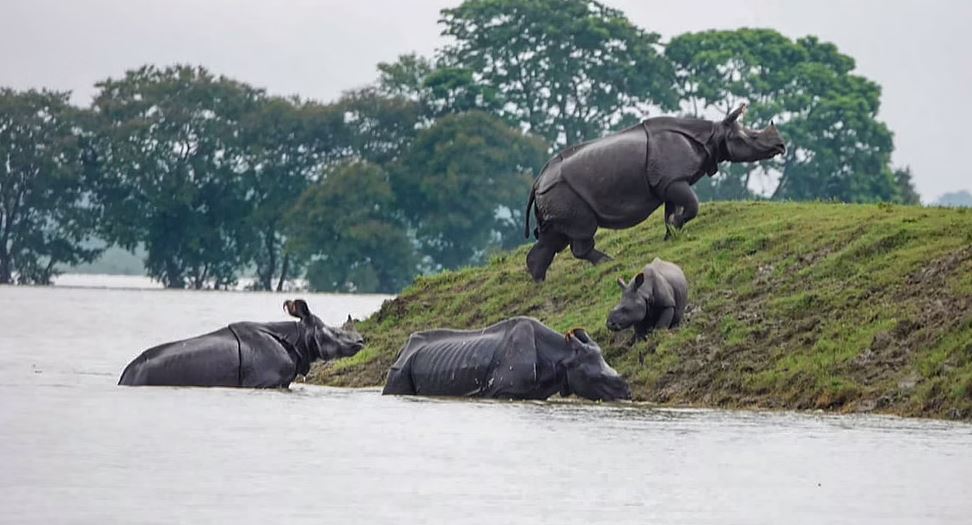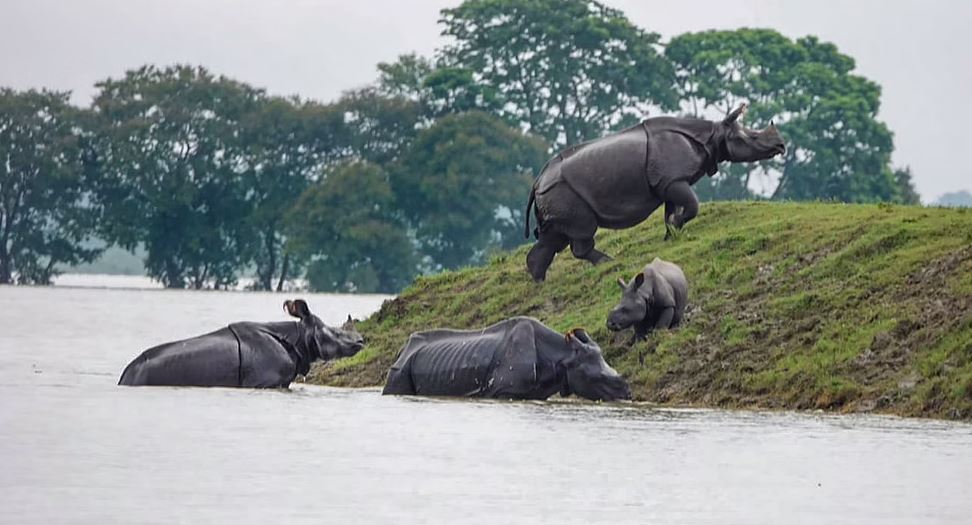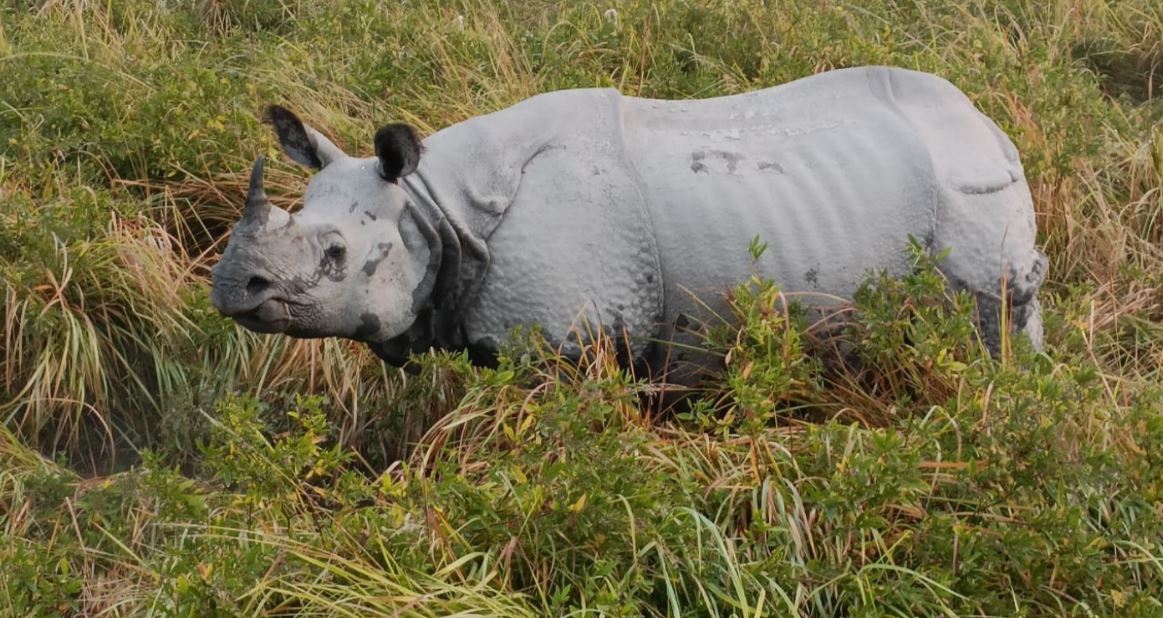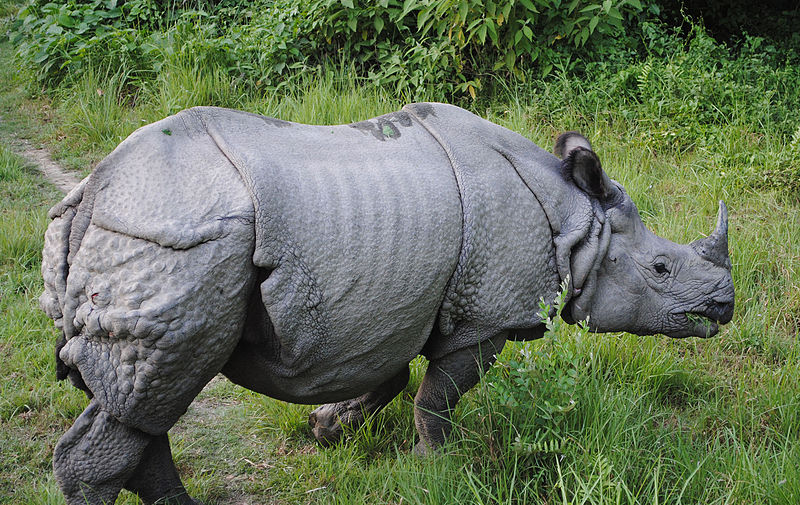
Challenges faced by Kaziranga National Park!!
Being the UNESCO World Heritage site in the state of Assam, the Indian and Nepalese government has taken major steps for the impactful conservation of this national park and finding a better way of empowering the security in the park for rhinos which is a major attraction here for tourists. This is done because of the challenges faced by the Kaziranga National Park.

Some of the challenges faced by the national park are: –
- Rhinocerous Poaching– Currently, one of the major challenges and issues associated with rhino poaching is the high demand for rhino horns in China and Southeast Asian countries. One of the serious threats to the survival of the rhinos is the poachers killing them.
- Erosion and Flooding- The Kaziranga National Park is plentiful in water bodies and is drenched by flood waters every year as a result of the continuous rains and upwelling of the water streams. The North and the Eastern parts of the park are generally affected due to the mighty Brahmaputra river draining these areas. Soil erosion is the major issue during the summer floods every year. Submerging 80 to 90 percent of the park area and severely affecting the wildlife the floods occur every year and sometimes several times a year. The loss of ecological habitat for rhinos is ongoing, yet it takes a long time for the habitat to regenerate to the point where it can support a large number of the wildlife population. When flooding occurs, wild animals are at risk not just from sinking in floodwaters or from poaching but, being struck by speeding vehicles as they cross NH37 and get on the higher reaches to seek safety in the Karbi-Anglong Hills.
- Problems with Grazing and Encroachment- Due to the growing human population in the park’s vicinity, major issues like encroachment of the park area is increasing. The Demand for agricultural land, settlement, and grazing has shot up. The Grazing of domestic cattle has possessed a serious threat to wild animals due to the potential threat of diseases like Anthrax and foot and mouth disease among the park animals.
- Man and Animal Conflict– Since Kaziranga National Park has a large prey base (deer and other herbivores), it is rare for wild carnivores to prey on domesticated livestock and animals, which is common in other protected areas of the country. On the other hand, Human-Elephant conflict is fairly common. Due to increased land clearance for agricultural and industrial use, the natural habitat of elephants is rapidly dwindling. Elephants had to forage in unprotected areas due to human encroachment, which increased the likelihood of disturbing the local population.
- Urbanization– There is an enormous urbanization trend in the rhino habitat along the side of NH- 37. Due to the increased settlement in the area year after year, harmful activities such as agricultural expansion, increased demand for fodder and firewood, market construction, and so on, these activities are a serious threat.
About Author: –
Shivangi Rai is a travel writer who loves to share her travel experiences and memoirs with the audience. She desires to explore every nook and corner of India with a fascination, especially with tourism and trekking.


